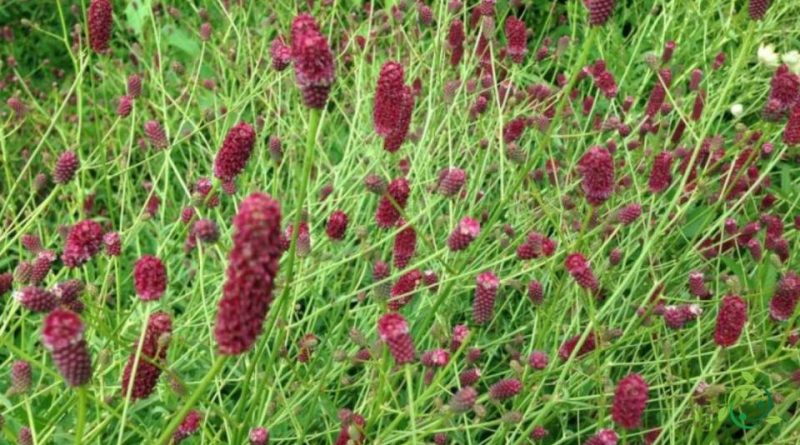How Great burnet propagates
How Great burnet propagates
Great burnet (Sanguisorba officinalis L.) is a herbaceous plant of the Rosaceae family native to all the cooler regions of the northern hemisphere of Europe, northern Asia and northern North America.
In Italy it is easily found in the North, rarer in the South and absent in the islands. It grows in humid areas rich in organic matter from the plain up to more than 2,000 meters.
This plant should be grown above all in cooler areas and with soils well endowed with organic substance. For the details of the cultivation technique, refer to the specific sheet. In this detail the method of multiplication of the plant is described.
Propagation –
Sanguisorba officinalis is a plant that can be multiplied or reproduced both by seed and by division of the rhizomes.
Before sowing or planting the rhizomes, it is good to refine the soil and, in advance, fertilize it with organic matter, possibly well-mature manure or earthworm humus.
The sowing must therefore be carried out in the spring period directly in the open field or in the seedbed, with subsequent transplantation in April.
In the multiplication by rhizome these must be taken in spring to be implanted immediately afterwards. In particularly cold climates this technique can be performed in the greenhouse and then transplanted when the temperatures become mild enough (around May).
Collection and storage –
The leaves of Great burnet are collected and used fresh or dried in a shady and ventilated place.
Use in the kitchen and therapeutic properties –
The leaves of this plant, which taste of cucumber, can be used to flavor salads, soups, cooked vegetables and soft cheeses. A similar species (used in the same way in cooking) is Sanguisorba minor.
This plant also has therapeutic properties: astringent, tonic, aperitif, digestive.

